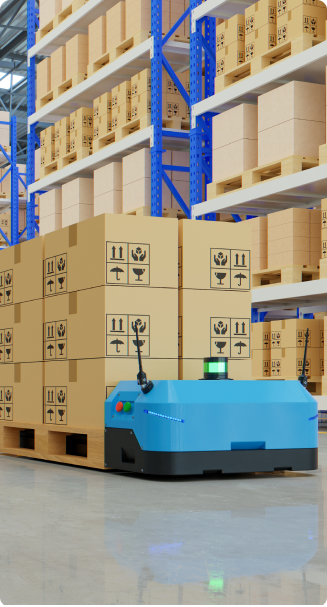5 Reasons Why Shift Left Testing Can Lead to Faster & Better Releases

What is Shift Left Testing?
Let’s take a typical software lifecycle, which moves from left to right:
Requirement > Design > Development > Testing > Support
In a shift-left model, essentially a “fail fast-fix fast” practice, the emphasis on quality is shifted towards the left, or as early as possible, in the development lifecycle to ensure early detection and fixing of errors.

Why Shift Left Testing?
Shorter and faster testing is the need of the hour in today’s agile development environments.
Shift left testing helps shorten testing cycles and avoid unwelcome surprises during deployment, or worse, in production. Here are 5 key benefits of shifting left testing that could be a game changer for your development process:
1. Dramatically Reduced Costs
The traditional development models can’t handle changing expectations well, often resulting in increased costs.
Not to forget, the real cost of bugs and vulnerabilities arises once an app is released into the world.

Average metrics that require attention
$80
Per defect During
Development
$240
Per Defect
During Build
$960
Per Defect
During QA
$7600
Per Defect
In Production
2. Improved Product Quality
Shift-Left Testing facilitates the identification of bugs when code is being written or reviewed, making them the easiest to fix.
Automation is a crucial part of the shift-left approach, enabling stringent code quality checks to happen early and often without burdening the team. With test teams performing tests a few times each day, feedback and concerns can be supplied back to the development team quickly, saving precious time and wasted efforts on faulty codes.

3. Effective Resolution of Bugs
Your application experience re-imagined through digital innovation, automation and agile operating models.
Coordination among the development and testing team from the beginning of the SDLC provides more time for the resolution of bugs. Scenarios requiring timely execution of the software along with sustainability often recommend a shift-left approach. It gets rids of scenarios where executives must go back to the basics, saving a tremendous amount of effort.
4. Improved Scope of Evaluation and Testing
Your application experience re-imagined through digital innovation, automation and agile operating models.
Involvement of the testing teams from the beginning of the development cycle allows for a broader scope of evaluation of the code and its features, which, in turn, ensures a better quality product in the end.
5. Proactive Time and Resource Management
The traditional development models can’t handle changing expectations well, often resulting in increased costs.
Often, teams following the traditional SDLC model face stringent deadlines, not to mention the leakage of developer hours on time-consuming fixes later in the cycle. With Shift-left, the testing and development teams engage proactively in an agile framework, which leads to better-utilized resources due to the early detection of errors.

How to Shift-Left?
Just like in the adoption of any new practice, shifting left will need strategic assessment and planning.
In this case, it’s to ensure you don’t wind up with an unmanageable pile of to-dos at the left. To adopt an effective shift-left testing practice, appropriate coding standards need to be maintained in an agile environment, DevOps practices have to be followed and QA automation needs to be incorporated throughout the SDLC.
Watch this space for the next blog of this series to learn more about how far is too left, how to prioritize all of the left shifted functions, how to ensure seamless adoption of shift-left testing, and more.
“
Harness the power of accelerated failure – the faster you fail, the faster you succeed.
Bill Bonner




